Ginseng Five Treasures Tea Kidney Tea
From $48.00
Our energizing herbal tea is inspired by the ancient Chinese concept of the "Five Treasures"—a harmonious blend designed to revitalize, nourish, and restore inner balance.
This adaptogenic blend of ginseng, goji berries, Chinese yams, red dates, polygonatum, mulberries, and maca helps the body cope with stress while enhancing stamina, focus, and overall vitality—perfect for those seeking a source of calm and lasting energy throughout the day. Crafted for modern wellness, it seamlessly blends tradition with mindfulness. More than just a tea, it's a daily ritual designed to boost inner vitality, clarity of thought, and calm resilience.
Origins and Craftsmanship
Ginseng Five Treasures Tea** is a modern energy tea inspired by the wisdom of China herbal wellness.
A blend of five precious herbs—ginseng, goji berries, Chinese yam, red dates, polygonatum, mulberries, and maca—harmonizes the energy of body and mind, nourishes kidney qi, and balances hormones, helping you restore inner homeostasis and strength in a fast-paced life.
More than just a nourishing tea, it's a mindful energy ritual, allowing you to reconnect with your natural rhythm of vitality with every breath and sip.
Functions, Benefits, and Uses
Restores Natural Vitality and Endurance
Inner Vitality Herbal Tea, a meticulous blend of ginseng, goji berries, Chinese yam, red dates, polygonatum, mulberries, and maca, is not only about strength but also about the power of balance: harmony between body, mind, and spirit. It's perfect for those seeking natural energy, hormonal balance, and resilience in the fast-paced world of modern life. Balancing Mind and Body Energy
Specially formulated for modern wellness, this tea supports the mind-body connection, helping you stay grounded, focused, and calm during stressful times. Each sip gently reminds you to breathe deeply and move mindfully.
Promotes Hormonal and Reproductive Health
Drawing on age-old herbal wisdom, this blend Promotes hormonal balance and reproductive health, naturally enhancing inner vitality and emotional well-being.
Adaptogen and Antioxidant Support
Rich in adaptogens and antioxidants, this tea helps your body adapt to stress, boosts immunity, and reduces fatigue, leaving you feeling refreshed and focused.
Immunity & Vitality Enhancement
Five Treasure herbs, rich in polysaccharides, amino acids, and natural antioxidants, support the immune system and delay fatigue.
Cultural Fusion
This tea draws on the ancient Asian concept of "nourishing the kidneys nourishes the body, and regulating qi nourishes the spirit" with the American philosophies of **Holistic Wellness** and **Mindful Living**. It symbolizes a way of life - one that is both energetic and aware; one that strengthens the body and calms the mind.
How to Use
Morning Energy Ritual: A gentle alternative to coffee, it provides a refreshing boost to start the day balanced.
Afternoon Recharge: Relieves fatigue and helps maintain focus.
Evening Restoration: Restores physical and nervous energy, aids sleep, and promotes recovery.
Recommended for:
Those with hectic and stressful lifestyles
Those with sedentary jobs and low energy levels
Those seeking natural ways to enhance physical and sexual health
Those seeking to achieve balance and mindfulness through herbal remedies.
Awaken the body's gentle power with a cup of hot tea.
Instructions: Combine 3–5g of tea leaves with 250ml of hot water (approximately 90°C) and let sit for 3–5 minutes.
Breathe: Close your eyes and let the herbal aroma bring a sense of peace and tranquility.
Taste: Each sip is like a journey of inner healing, restoring balance and confidence.
— Recommended for use before morning meditation or during evening relaxation to support mind-body alignment and restorative sleep.
China’s tea culture has a long and profound history, blending philosophy, art, etiquette, and lifestyle. The wisdom within the way of tea is vast—something we can spend a lifetime learning, experiencing, and practicing.
The art of tea is also the art of the heart. In truth, the process of making tea itself is a gentle form of meditation. Each time we brew and taste tea, we are given the chance to practice focus, cultivate mindfulness, and find inner peace. When we lift the teapot, pour the water, serve the infusion, and share the tea, our full attention rests on each delicate movement. In that moment, we are free from tomorrow’s work, the trivialities of daily life, regrets of the past, or uncertainties of the future.
At that very instant, we live wholly and purely in the present, honoring the here and now. You may notice the sound of water becoming clearer, the fragrance of tea more vivid and layered. Brewing tea is no longer just a mechanical act—it becomes a heartfelt communion with tea, allowing the spirit to find its resting place in the present.
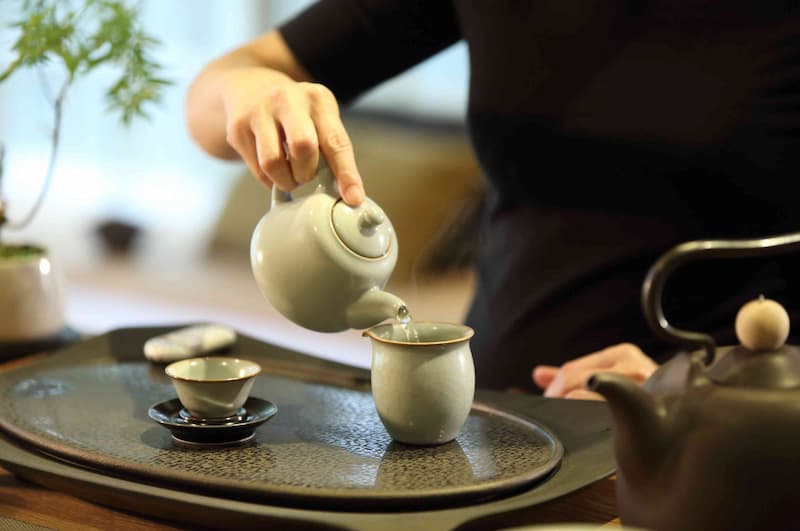
How to Brew a Good Cup of Tea
A fine cup of tea requires not only quality leaves but also skill in brewing. If you feel that your tea-making has not improved, it may be due to overlooked details. The following guidance will help you quickly enhance your tea-brewing technique.
Step 1: Choosing the Teaware
Selecting the right teaware is the foundation of brewing good tea. Different materials include porcelain, clay, Yixing (purple clay), and glass; different shapes include small teapots, large teapots, gaiwan (lidded bowls), and cups. Here are recommendations:
Green Tea & Yellow Tea: Glass Cups
Glass cups showcase the beauty of tea leaves unfurling in water. Most green and yellow teas are delicate and cannot withstand high heat, so avoid teapots with strong heat retention like Yixing clay.
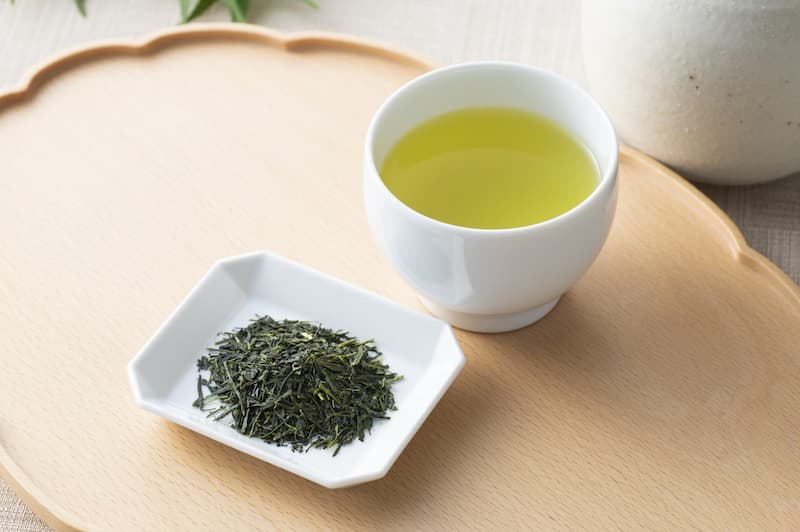
Black Tea: White Porcelain Gaiwan
Black tea should not be brewed with boiling water. A wide porcelain gaiwan dissipates heat quickly, allowing better control of steeping time. Keep the lid open after brewing to avoid sourness. A porcelain gaiwan also highlights the color of the tea.
Oolong Tea: Gongfu Teaware
Gongfu-style brewing, traditional in Fujian and Guangdong, brings out the tea’s aroma and flavor complexity. Small Yixing teapots or gaiwans are preferred for appreciating fragrance and subtle taste layers.
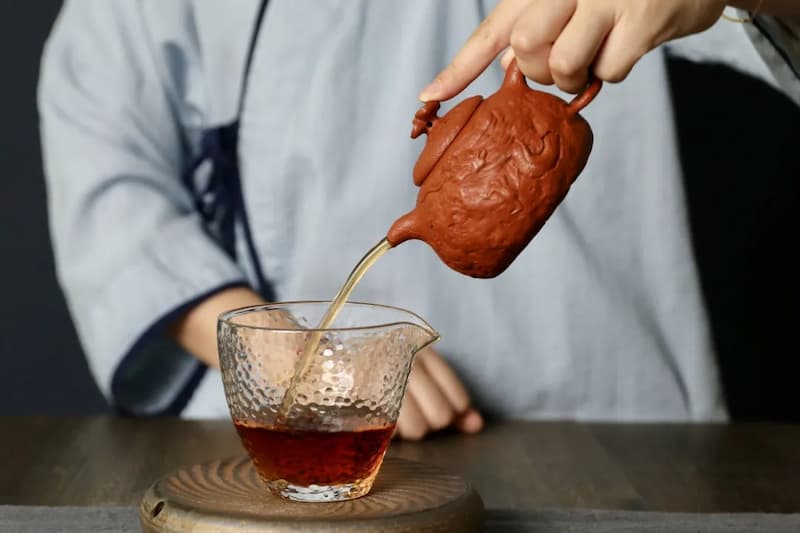
Dark Tea (Hei Cha): Yixing Clay Teapot
The porous structure of Yixing clay improves air circulation and refines the depth and rhythm of dark tea, softening any storage odors.
White Tea: Gaiwan or Brewing Pot
Silver Needle and White Peony require lower water temperatures and quick heat dissipation, best brewed in a gaiwan. Aged Shoumei or old white tea is more suitable for slow simmering in a small pot, enhancing its jujube and medicinal aromas.

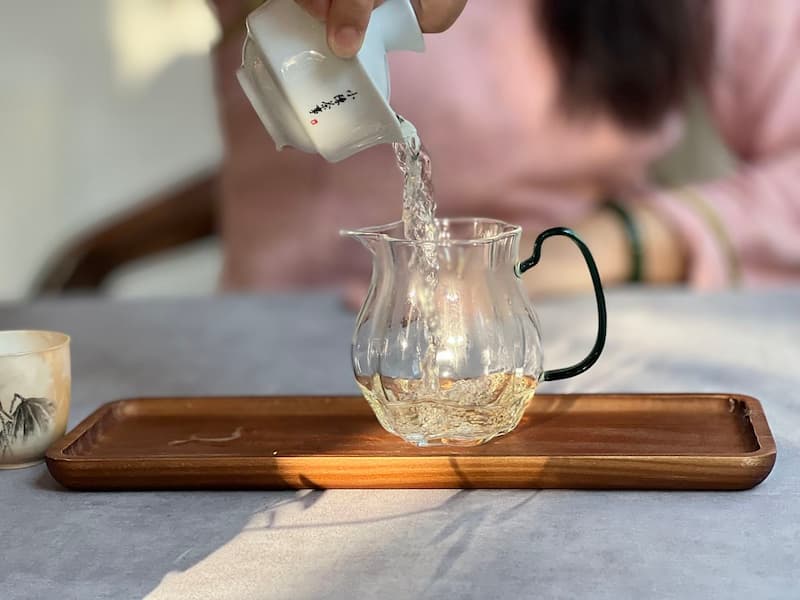
Pu-erh Tea: Gaiwan or Yixing Teapot
For raw or ripe Pu-erh, a porcelain gaiwan reveals delicate flavors. Aged Pu-erh, however, benefits from Yixing teapots that mellow storage odors and make the liquor smoother.
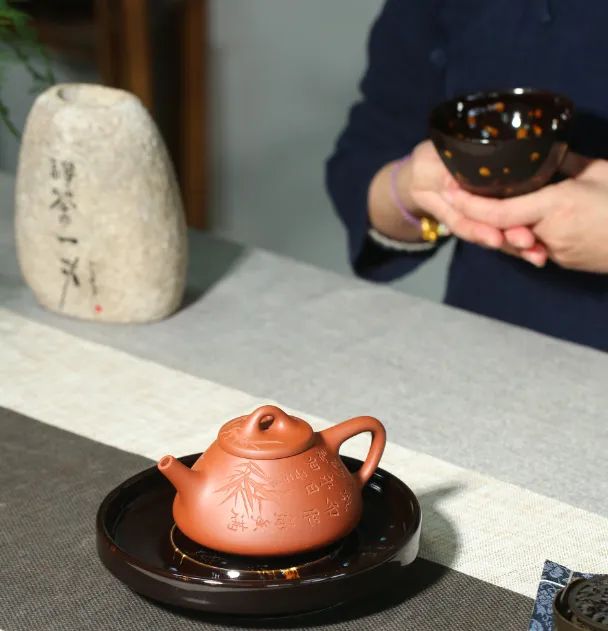
Step 2: Preparing Water
Water quality greatly affects tea:
Purified water, mineral water, or filtered water are best. Tap water, being harder and sometimes chlorinated, can alter the taste.
Boiling water properly:
Always boil water to 100°C before cooling to the desired brewing temperature. Tang Dynasty tea master Lu Yu described three boiling stages:
1、Fish eyes forming with light sound.
2、Bubbling like spring pearls along the edges.
3、Rolling waves, surging and roaring.
Ideally, water should be taken off the boil at the second or just into the third stage for best vitality. Overboiling reduces oxygen, weakening the taste.
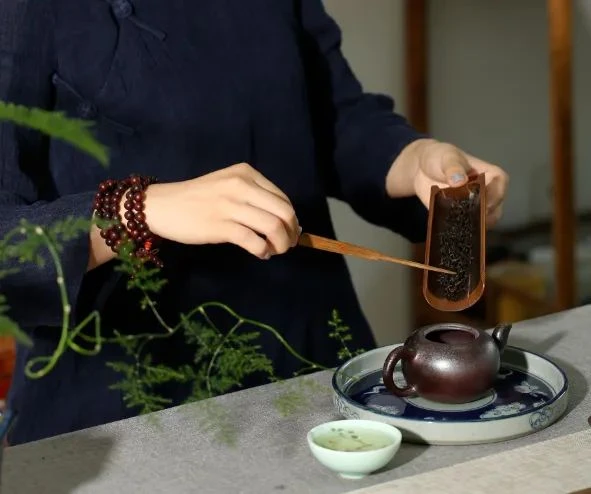
Recommended water temperatures by tea type:
1、Green & Yellow Tea: 80–90°C
2、Black Tea: Small-leaf 80–90°C; Large-leaf 90–95°C
3、Oolong, Pu-erh, Dark Tea: 100°C
4、White Tea: Tender types 80–90°C; Aged white tea 100°C
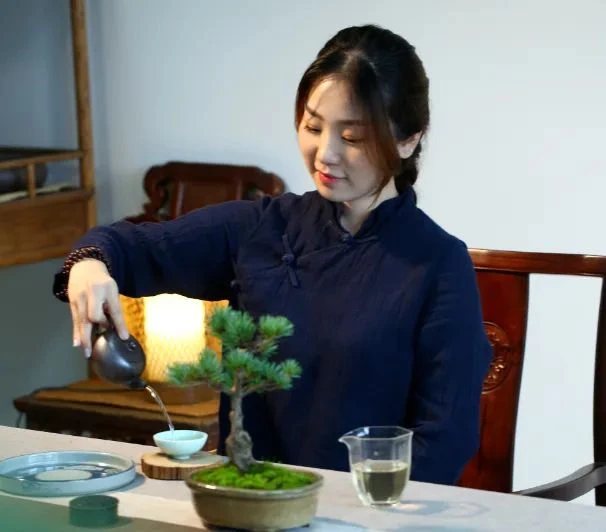
Step 3: Brewing the Tea
Measuring the Tea:Place an appropriate amount of tea into a tea holder to observe its shape and aroma before brewing.
Warming the Teaware:Pour boiling water into the pot or gaiwan, then into a fairness pitcher, then into cups. This prepares the teaware and helps release the tea’s fragrance when leaves are added.
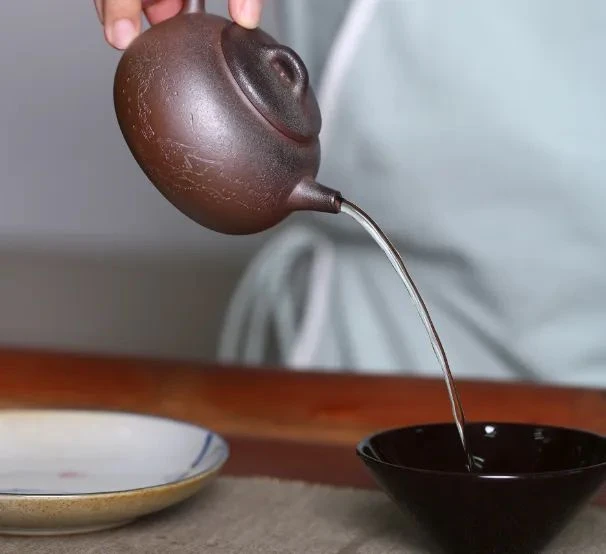
Awakening the Tea:Quickly rinse the leaves with hot water (around 90°C). This softens and opens the leaves while washing away dust. Do not use boiling water, which can extract too much flavor.
Steeping:Adjust the steeping time based on tea type and your preference, gradually lengthening the time with each infusion. For teas that should not be brewed with boiling water, let the water cool in the fairness pitcher before use.
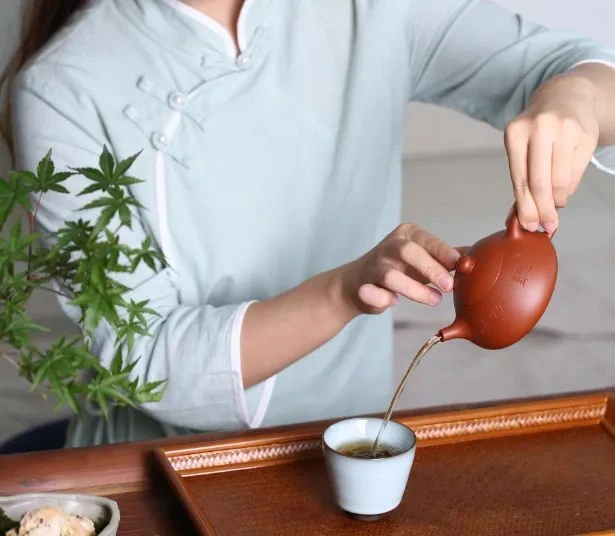
Brewing tea is not about rigid correctness—different people and methods bring out different nuances. By learning the basics, practicing with care, and brewing with mindfulness, you will always be able to enjoy a good cup of tea.
You must be logged in to post a review.
Free Shipping Over $90
Fast Guaranteed Delivery
Easy Returns & Exchanges
60,000 happy customers
Related Products
Awakened Dew White Tea—Wisdom awakening and spiritual clarity
From $30.00Calm in a Cup— Yunnan Great Leaf White Tea
From $38.00Mindful Harmony Aged White Tea
From $38.00Natural Dried Honeysuckle
From $30.00FAQs
Please read our Shipping and Returns page to find out more.
Tenmoku glazes have high iron-content, creating rich colors and shiny surfaces. When fired, the iron forms patterns like oil spots or streaks, giving each piece a unique look.
Yes, they are 100% food safe.
As the clay comes from the ground, there is no guarantee that the wares are 100% free of lead. It's less than 0.01%. It' safe to use. The fluxing agent for the glaze is natural iron ore and wood ash, not a bit of lead was used in the process.
Yes, we do ship worldwide. United States, Canada, France, Belgium, Germany, Netherlands, Switzerland, United Kingdom, Ireland, Iceland Spain, Portugal, Denmark, Finland, Norway, Sweden, Slovenia Poland, Hungary, Austria, Czech Republic, Israel, Japan, South Korea, Vietnam, Singapore, Malaysia, Thailand, Philippines, Indonesia, Australia, New Zealand, Italy, Brazil, Chile, South Africa, UAE, Kuwait, Saudi Arabia, Lebanon.
If you are not happy with it, you can send it back within 30 days for an exchange or refund. No question asked.
ONLINE SUPPORT
24/7 Email & If you have any questions, please feel free to contact us for answers.
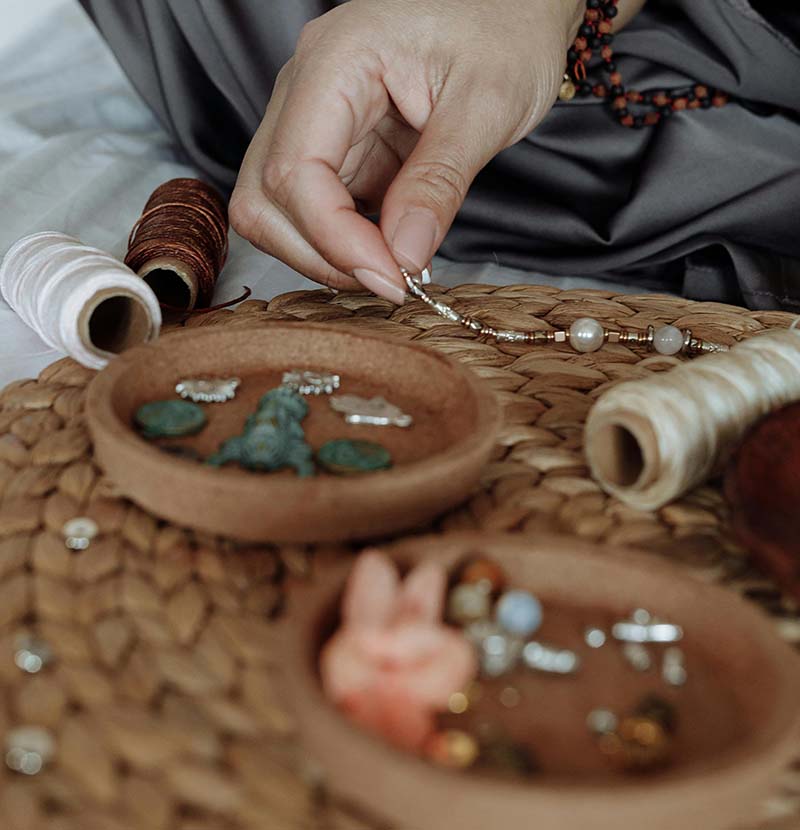
Bracelet Crafting: From Beads to Art
Meticulous bead selection, precise drilling, and skillful weaving—each step embodies craftsmanship. Through blending traditional techniques with contemporary aesthetics, scattered beads transform into refined handcrafted pieces imbued with cultural significance and artistic value.
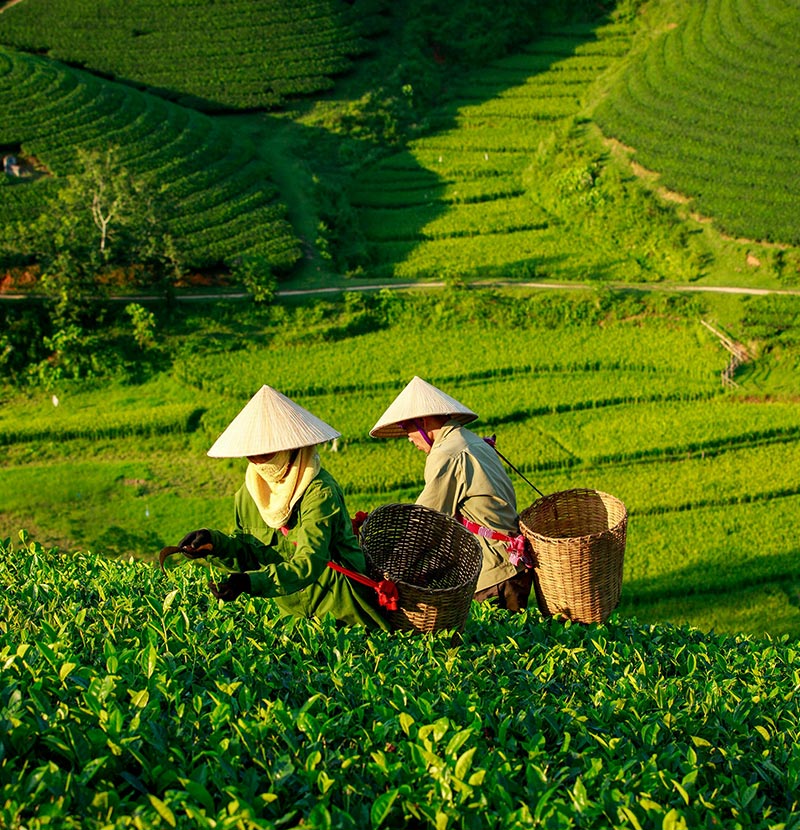
Tea's Eight Transformative Steps
From picking to production and then to packaging, tea must go through eight key processes: picking, withering, killing green leaves, rolling, fermentation, drying, screening, and packaging. Each step embodies the wisdom of tea farmers and ultimately presents a unique flavor and temperament.
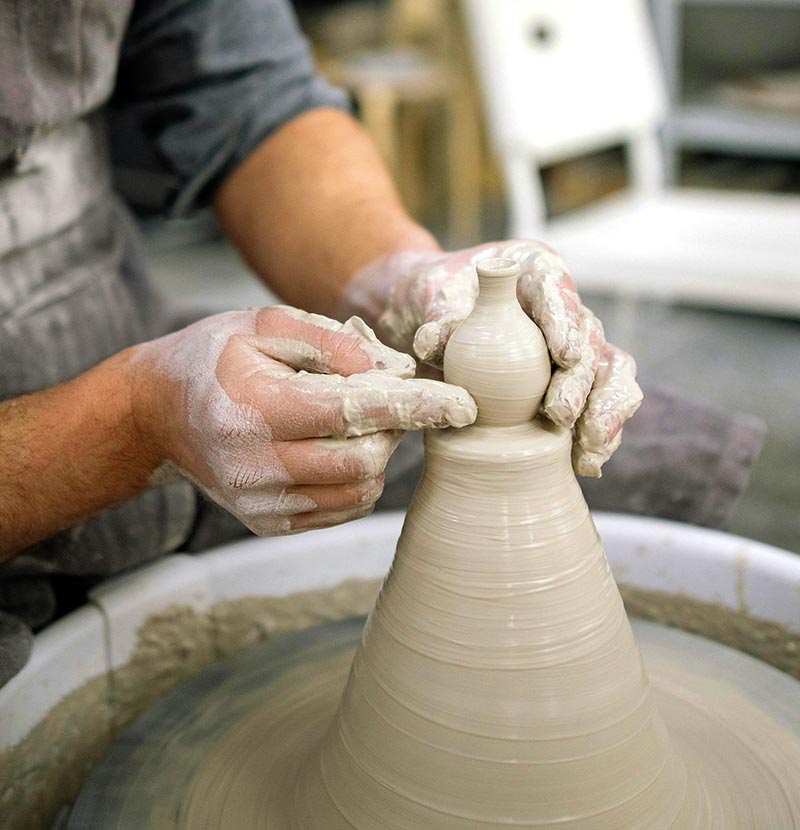
The Thirteen Steps of Jian Zhan Firing
Jian Zhan firing involves thirteen steps: ore selection, crushing, washing, proportioning, aging, mud refining, wheel-throwing, trimming, bisque firing, glaze application, loading, and kiln firing. Each tests craftspeople's skills, creating "enter one color, exit ten thousand colors."

FREE SHIPPING
Mockito official website offers free shipping on all orders over $90.

FAST SHIPPING
Express tracked shipping using DHL or similar internationally recognised courier service.

ONLINE SUPPORT
24/7 Email & If you have any questions, please feel free to contact us for answers.

100% PRODUCT SATISFACTION
We take pride in our work and guarantee you 100% product satisfaction.




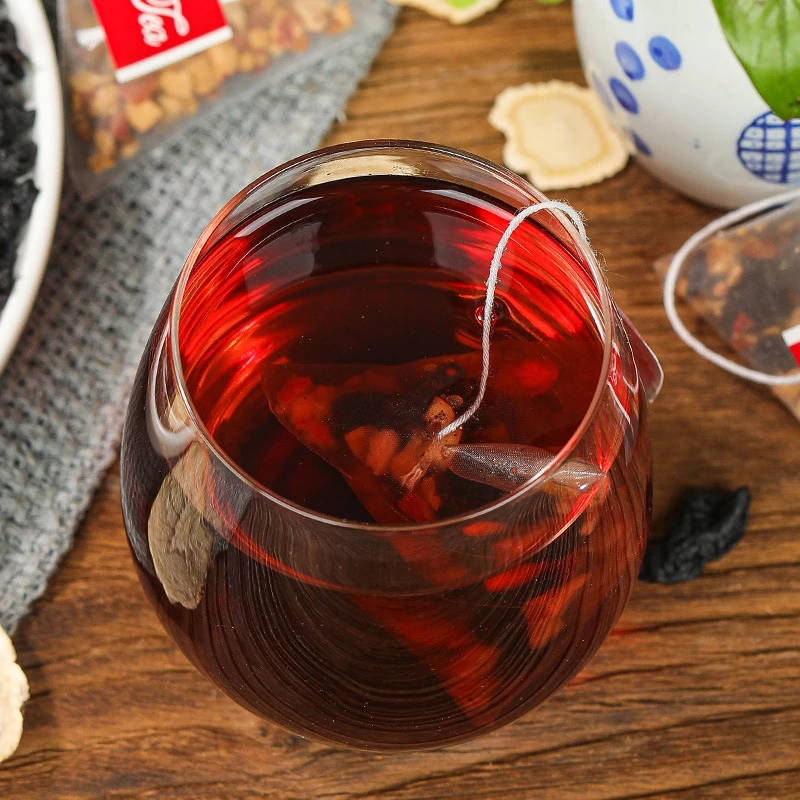
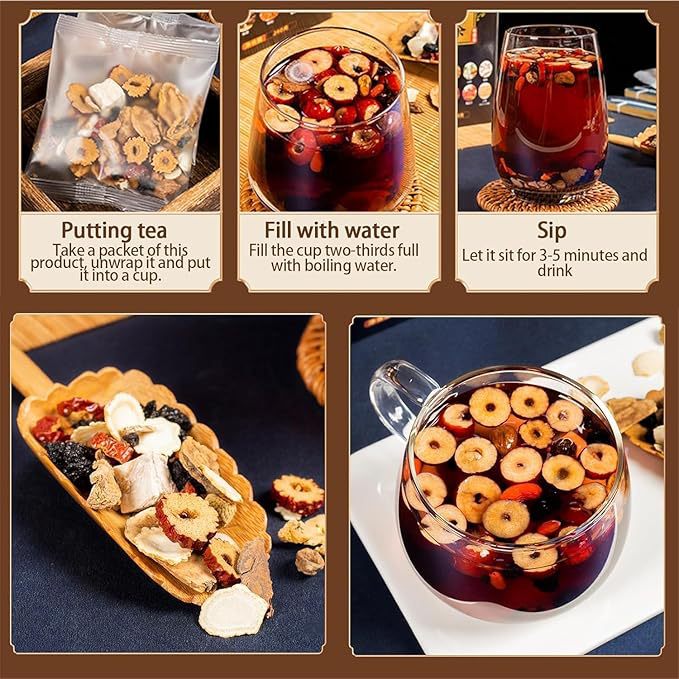

















Reviews
There are no reviews yet.